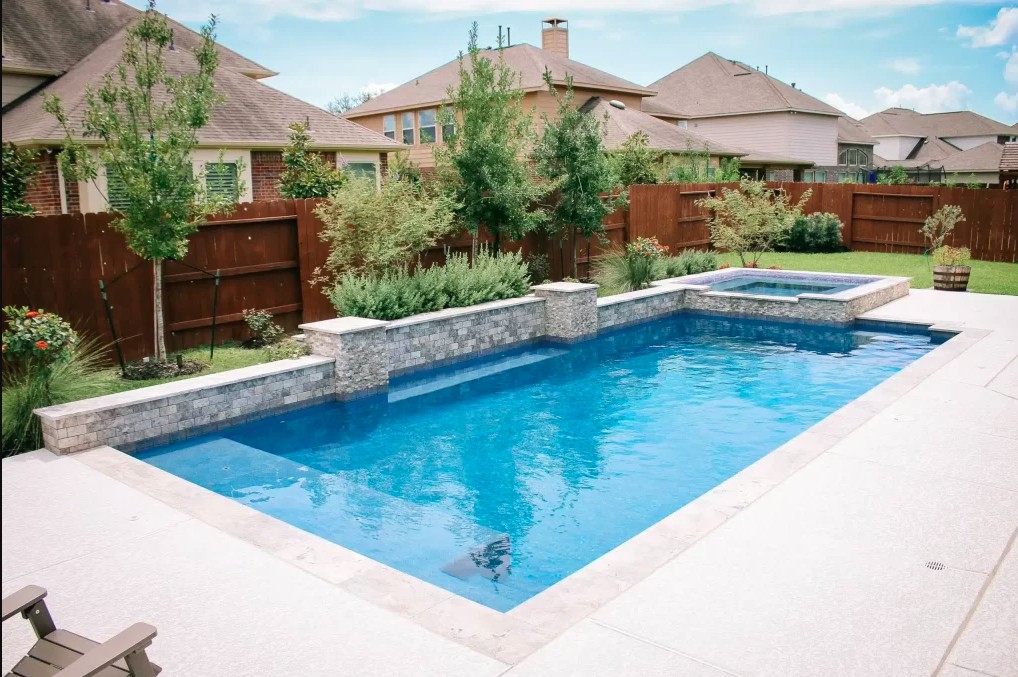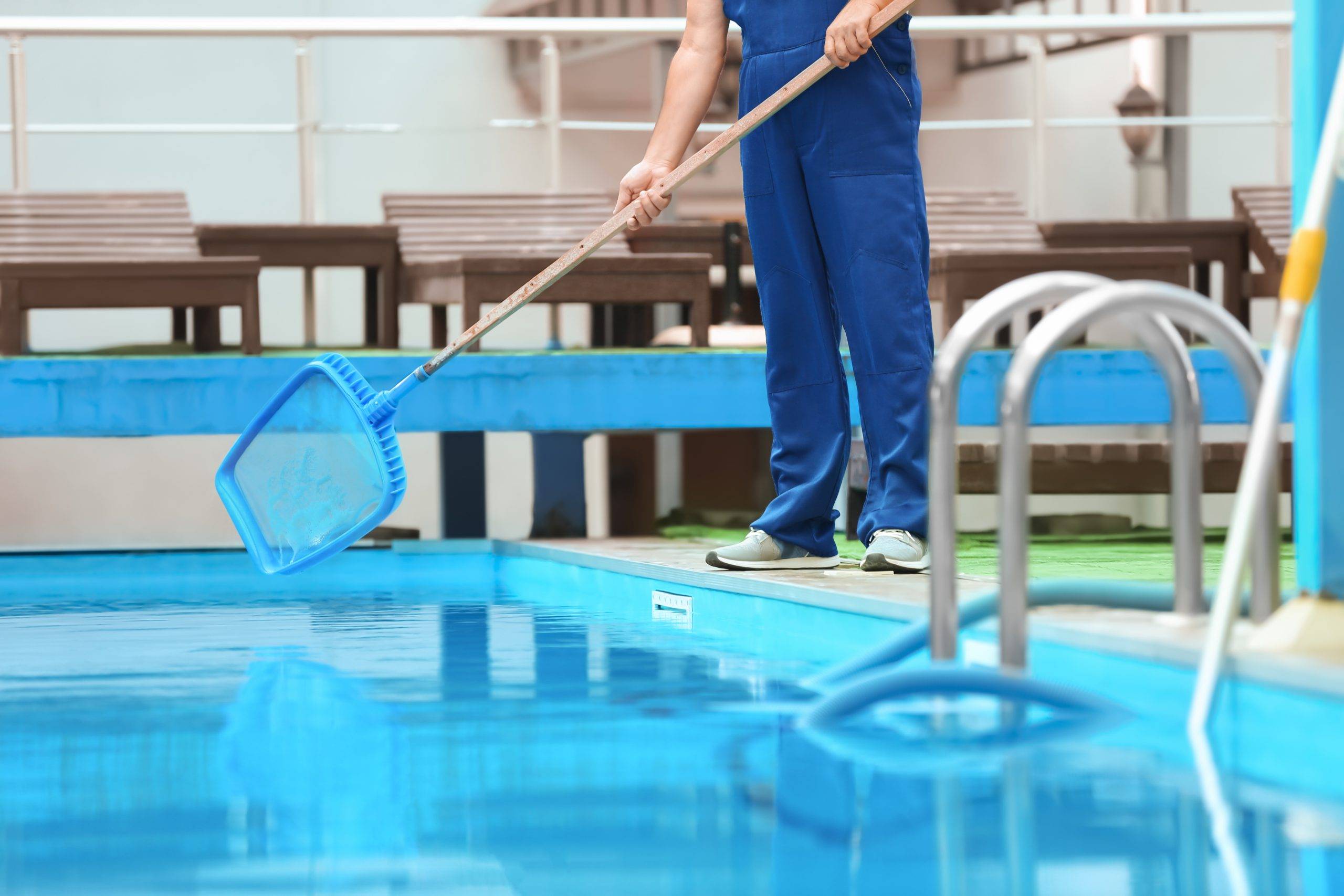
Ever wondered why your pool liner doesn’t last as long as it should—despite routine cleaning? Here’s a hidden truth: your water chemistry could be quietly wearing it down. Understanding the pool chemistry effects on vinyl liner isn’t just about water clarity—it’s about protecting your investment for years to come. Especially if you have a
, ignoring key chemical levels can be costly.
What Happens When pH Levels Go Too Low or Too High?
pH directly affects your liner’s softness, elasticity, and color. A balanced pH (7.4–7.6) ensures your water isn’t too acidic or too alkaline.
- Low pH (<7.2): Acidic water can cause the liner to wrinkle, harden, and even crack prematurely.
- High pH (>7.8): Leads to scaling, cloudy water, and reduces chlorine efficiency.
If your pool liner feels brittle or shows fine surface cracks, low pH may be the culprit. Ignoring it can shave years off its life.
Expert Tip: Check pH twice a week, especially after heavy rainfall or water refills. Consider automated pH controllers for consistent balance.
How Does Chlorine Affect Vinyl Pool Liners Over Time?
Chlorine sanitizes your pool—but too much can bleach and weaken your liner. This is especially true for liners with patterns or color designs.
- Ideal chlorine level: 1–3 ppm (parts per million)
- Over-chlorination: Fades vinyl prints and creates a chalky surface texture.
Noticing faded spots or discoloration on your liner? That’s likely due to excessive chlorine exposure.
Pro Tip: Use slow-dissolving chlorine tablets in a floating dispenser—never place them directly on the liner.
According to the Pool & Hot Tub Alliance (2023), over 40% of premature liner damage in residential pools is linked to chemical imbalance, with chlorine overdose leading the list.
Is Calcium Really a Concern for Vinyl Liners?
Absolutely. Calcium hardness isn’t just for plaster pools. Too low or too high calcium levels affect liner flexibility and can even encourage leaks.
- Low Calcium (<150 ppm): Water becomes aggressive, leaching plasticizers from the liner. This causes stiffening and potential cracks.
- High Calcium (>300 ppm): Encourages scaling, especially around waterlines and fittings.
White crusty deposits or a stiff liner feel? Calcium levels may be out of range.
Expert Opinion – Matt R., Senior Water Chemist:
“We often find that homeowners focus only on pH and chlorine. But calcium imbalance is one of the silent killers of vinyl liners—especially in hard water areas like Ohio and Virginia.”
Why Balancing All Three Is Crucial for Long-Term Liner Health
Your vinyl liner is more than just a barrier—it’s the skin of your pool. Balancing pH, chlorine, and calcium creates a water environment that protects it from internal stress.
Think of this as a three-legged stool: remove one, and the whole system tips.
Best Practices for Chemical Balance:
- Test water 2–3 times weekly
- Use a digital pool water tester for precise readings
- Integrate an automatic chemical feeder or smart pool system
- Rinse off bathers before they enter to reduce chemical demand
Looking for Hands-Free Maintenance?
More homeowners are investing in automated systems that dose pH and chlorine automatically. These systems save time, reduce chemical waste, and optimize liner longevity.
If you have a Dayton inground pool liner, automation is a smart upgrade. Not only does it improve water quality, but it also extends your liner’s appearance and feel.
How Richmond Pool And Spas Can Help?
At Richmond Pool And Spas, our expert team understands that true outdoor wellness starts with the little details—like balanced water. Whether you need weekly testing, a full chemical rebalancing, or system automation, we’re here to cater to all your needs. As a trusted pool services provider Richmond, we offer tailored care for every pool owner.
FAQs – Your Pool Chemistry Questions Answered
- How often should I check my pool’s chemical levels? Check at least 2–3 times a week during swim season, especially after rain or heavy use.
- Can I use bleach as a chlorine substitute? No. Household bleach lacks stabilizers and may damage your liner over time.
- Is cloudy water a sign of a chemical imbalance? Yes. High pH or calcium levels often cause cloudy water. Test and adjust promptly.
- Should I shock my pool regularly? Yes—but only as needed. Over-shocking can harm your liner. Follow dosage guidelines strictly.
- What’s the lifespan of a well-maintained vinyl liner? With proper chemistry, a vinyl liner can last 10–15 years or more.
Let’s Keep Your Backyard Oasis Beautiful
The chemistry in your pool isn’t just a science—it’s the secret to long-lasting outdoor luxury. If you’re unsure where your water stands or want expert help maintaining your Dayton inground pool liner, our specialists are just a call away.
Schedule a free water chemistry consult today—and make sure your pool stays safe, stunning, and stress-free.
 Demos
Demos  Colors
Colors 
 Docs
Docs  Support
Support 





















